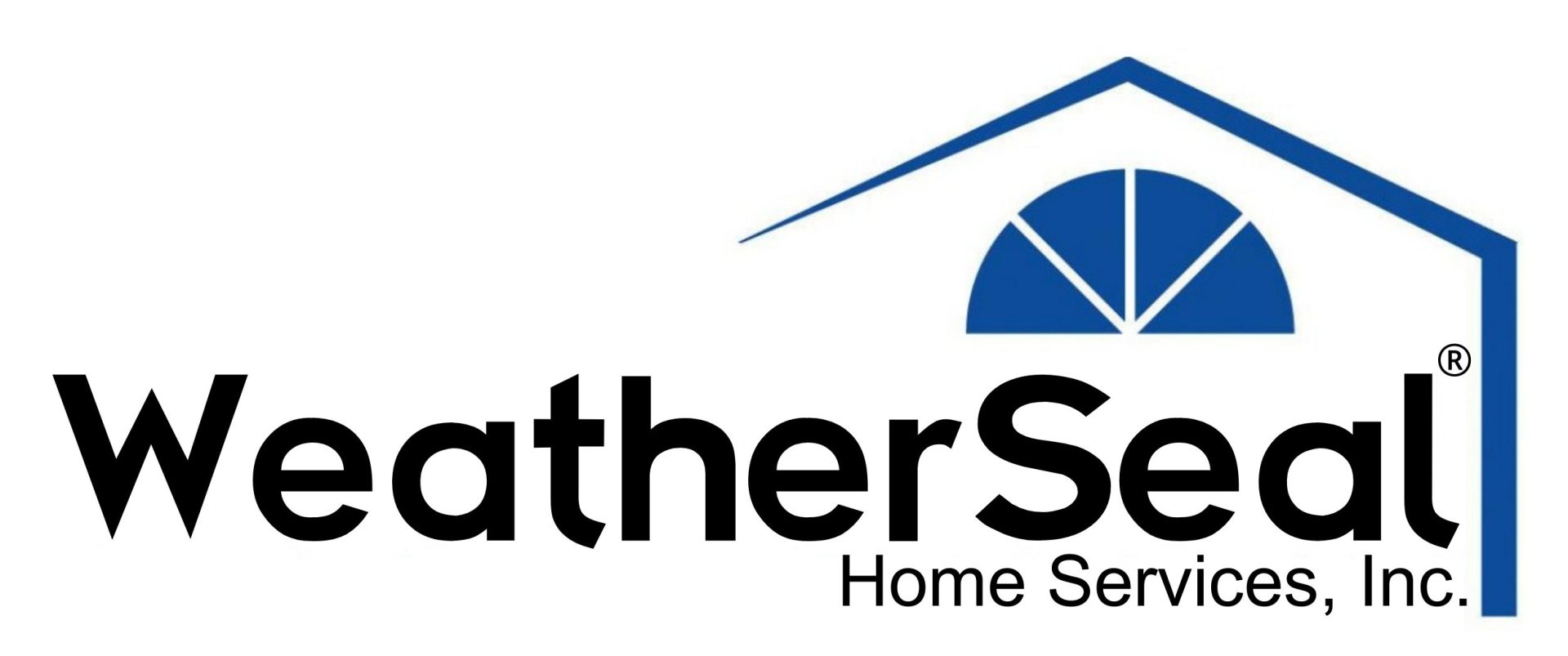When selecting the right siding for your home, you’re not just choosing a material—you’re making a significant decision that will impact your home’s appearance, protection, and value for years to come. Two of the most popular choices homeowners face are vertical siding and horizontal siding. Understanding the differences between vertical siding vs. horizontal siding can help you make an informed decision that enhances both the look and durability of your home. In this comprehensive guide, we’ll expand on the pros and cons of each siding type to help you determine which fits your home’s aesthetic and needs best.

What is Horizontal Siding?
Horizontal siding is the most common type of siding used in homes today. It involves the installation of siding boards or panels in a side-to-side arrangement, creating a classic and traditional look. The style is often seen in residential homes and offers a range of material options, including vinyl, wood, fiber cement, and engineered wood.
Types of Horizontal Siding
- Lap Siding: The most traditional type of horizontal siding, where each board overlaps the one below it. It provides a clean, classic look and excellent water runoff capabilities.
- Dutch Lap Siding: A variation of lap siding with a decorative groove at the top of each board, adding depth and character to the home’s exterior.
- Beaded Siding: Features a rounded bead along the bottom of each board for added texture and a more finished appearance.
What is Vertical Siding?
Vertical siding, as its name implies, features siding panels or boards installed in an up-and-down orientation. This style is commonly linked with modern and farmhouse aesthetics, bringing a distinctive look compared to the more traditional horizontal siding. Vertical siding can add a sense of height and elegance to a home, and it is particularly effective at emphasizing architectural features.
It is available in a variety of materials, including vinyl, wood, and fiber cement, each giving different benefits in terms of durability, maintenance, and appearance. Vinyl provides a low-maintenance option with a range of colors, while wood offers a classic, natural look that can be stained or painted. Fiber cement combines durability with a variety of finishes, mimicking the appearance of wood or masonry.
Types of Vertical Siding
- Board and Batten Siding: Consists of wide boards (typically wood or fiber cement) with narrower strips, called battens, placed over the seams. This style offers a rustic, barn-like appearance.
- Panel Siding: Large vertical panels that provide a sleek and uniform appearance. Often used in modern and contemporary home designs.
- Metal Vertical Siding: Typically used in industrial or commercial applications, metal vertical siding is highly durable and low-maintenance, bringing a clean, modern look.
Vertical Siding vs. Horizontal Siding: Aesthetic Considerations
When choosing between vertical siding vs. horizontal siding, aesthetics plays a significant role. Each style has a distinct visual impact, and the choice largely depends on the architectural style of your home and your personal preferences.
- Aesthetic Impact of Horizontal Siding
Horizontal siding gives a home a timeless, classic appearance that blends well with various architectural styles, from Colonial to Craftsman. It tends to make homes appear longer and lower, enhancing the width of the structure. This style is versatile and available in various colors and textures, making it a popular choice for traditional and transitional home designs. - Aesthetic Impact of Vertical Siding
Vertical siding offers a more contemporary look that can add height and drama to a home’s exterior. It draws the eye upward, making homes appear taller and more dynamic. The style is commonly used for modern, farmhouse, and commercial buildings, where a bold and distinctive appearance is desired. Vertical siding can create a striking focal point when used on specific sections of a home, such as gables or entryways.
Pros and Cons of Horizontal Siding
Horizontal siding brings a familiar and traditional look that appeals to many homeowners due to its classic aesthetic. Its versatility allows it to complement various home styles and be available in numerous materials, colors, and textures. The ease of installation also makes it a popular choice, as it is often quicker to install, leading to lower labor costs. Additionally, the overlapping nature of horizontal panels ensures effective water runoff, minimizing the risk of water damage.
However, horizontal siding has some drawbacks. If not properly installed or maintained, water can seep behind the boards, leading to moisture buildup and potential damage over time. It is particularly a concern with wood siding, which may require more frequent maintenance to prevent water damage and warping.
Pros and Cons of Vertical Siding
Vertical siding provides a modern and distinctive appearance, setting homes apart with its unique look. It reduces water infiltration more effectively than horizontal siding because water runs directly down the panels, making it ideal for areas with heavy rainfall. Vertical siding is also easier to clean, as dirt and debris are less likely to accumulate on vertical surfaces.
Despite these benefits, vertical siding can be more expensive to install due to the increased time and labor involved in the process. Additionally, its unique appearance may not appeal to all homeowners or suit all architectural styles, making it a less common choice for residential properties.
Practical Considerations for Choosing Between Vertical and Horizontal Siding
When deciding between vertical siding vs. horizontal siding, consider the following practical factors:
- Architectural Style of Your Home
The architectural style of your home should guide your siding choice. Traditional home styles, such as Colonial, Victorian, or Craftsman, typically look best with horizontal siding. Conversely, modern or farmhouse-style homes can benefit from the unique look of vertical siding. - Local Climate and Weather Conditions
Consider the climate and weather conditions in your area when choosing your siding. If you live in a region with heavy rainfall, vertical siding may be better suited due to its superior water runoff capabilities. However, in areas with milder climates, either option could work well. - Maintenance Requirements
Consider how much time you are willing to invest in maintaining your siding. Horizontal siding, especially in wood, may require more frequent maintenance to prevent water damage and maintain its appearance. Vertical siding, while less prone to water damage, still requires regular cleaning and inspection. - Installation Costs
Installation costs can vary significantly between vertical and horizontal siding. Horizontal siding is generally less expensive to install due to its straightforward installation process. Vertical siding requires more precise installation techniques, which can increase labor costs. - Durability and Longevity
Both vertical and horizontal sidings are durable, but their longevity depends on the material used. Vinyl siding, for example, is highly durable and requires minimal maintenance, making it a popular choice for both styles.
Blending Vertical and Horizontal Siding for a Unique Look
Combining vertical and horizontal siding can create a unique and visually appealing look for your home. This approach allows you to highlight different architectural features and add contrast and depth to your exterior design.
- Tips for Blending Siding Styles
- Accent Walls: Use vertical siding on accent walls or architectural features, such as gables, dormers, or entryways, to create visual interest and contrast.
- Color Coordination: Choose complementary colors for your vertical and horizontal siding to create a cohesive and harmonious appearance.
- Material Mixing: Combine different materials, such as tando siding and vinyl, to add texture and dimension to your home’s exterior.
Comparing Popular Siding Materials for Vertical and Horizontal Installations
When deciding between vertical and horizontal siding, the material you choose can significantly impact your home’s aesthetic, durability, and maintenance needs. Let’s look at some popular materials and how they fit each siding style.
- Vinyl Siding
Vinyl siding is a versatile option available in both vertical and horizontal styles. It is cost-effective, low-maintenance, and available in a wide range of colors and textures. Vinyl is also resistant to rot, insects, and weathering, making it a durable choice for any home. - Wood Siding
Wood siding, available in cedar, pine, and redwood, presents a natural, timeless look that works well with both vertical and horizontal installations. While wood siding requires more maintenance, such as painting or staining, it can add significant value to your home with its classic appeal. - Fiber Cement Siding
Fiber cement siding is an excellent choice for homeowners seeking durability and versatility. It can be manufactured to mimic the appearance of wood, stone, or brick and is available in both vertical and horizontal styles. Fiber cement is resistant to rot, insects, and extreme weather conditions, making it a long-lasting siding option. - Metal Siding
Metal siding, such as steel or aluminum, is primarily used in vertical applications for a modern, industrial look. Metal siding is highly durable, resistant to fire, rot, and pests, and requires minimal maintenance. It is an excellent choice for commercial siding and contemporary homes. - Stone Veneer Siding
Stone veneer siding can be used to accent both vertical and horizontal siding installations, adding texture and depth to your home’s exterior. Stone veneer is durable, weather-resistant, and can provide a high-end look without the cost and weight of natural stone. Explore more about veneer stone options for your home.
Environmental Considerations for Siding Choices
When selecting between vertical siding vs. horizontal siding, consider the environmental impact of your materials and their sustainability. Siding options like fiber cement, wood, and vinyl have different implications for the environment.
- Wood Siding: A renewable resource, wood siding is considered environmentally friendly if sourced sustainably. It can also be recycled at the end of its life cycle.
- Fiber Cement Siding: Made from natural materials, fiber cement siding is durable and has a long lifespan, reducing the need for frequent replacements.
- Vinyl Siding: While vinyl siding is less environmentally friendly due to its manufacturing process, advancements have been made to improve its sustainability through recycling programs and more efficient production methods.
Siding and Energy Efficiency
Siding plays a significant role in your home’s energy efficiency. Properly installed siding helps insulate your home, reducing energy costs and maintaining comfortable temperatures year-round.
Different siding materials present varying levels of insulation. Insulated vinyl siding, for example, provides an additional layer of thermal resistance, helping to keep your home warm in winter and cool in summer. Fiber cement and wood also offer decent insulating properties, especially when paired with proper underlayment and weather barriers.
Choosing the Right Siding for Different Home Uses
Different parts of a home may benefit from specific siding types. For example, vertical siding might be more suitable for accent walls or gables, while horizontal siding works well for broader surfaces. Additionally, some homeowners may choose specific siding types for more utilitarian areas like garages or sheds.
How to Choose the Right Color and Finish for Your Siding
The color and finish of your siding can dramatically affect your home’s overall aesthetic. Light colors can make a home appear larger, while darker hues can provide a more dramatic, modern look. Textured finishes can mimic natural materials like wood or stone, adding depth and character.
Homeowners today are gravitating towards earthy tones, such as greens, browns, and grays, to blend seamlessly with natural surroundings. Bold, darker shades like navy or charcoal are becoming popular for a more contemporary look. The finish you choose—whether matte, glossy, or textured—can further enhance your home’s design.
The Importance of Siding Maintenance
Proper maintenance is crucial for both vertical and horizontal siding to ensure longevity and maintain aesthetic appeal. Regular cleaning, inspections, and timely repairs can prevent more significant issues and preserve the siding’s appearance.
- Routine Cleaning
Depending on your siding material, cleaning requirements can vary. For vinyl and metal sidings, a simple wash with water and mild detergent can remove dirt, mold, and mildew. Wood siding may require more delicate handling to prevent water absorption and damage. Regular cleaning not only keeps your home looking fresh but also extends the life of your siding. - Inspections and Repairs
Conduct regular inspections to check for cracks, warping, or any signs of damage that might compromise the siding’s integrity. Catching these issues early can prevent more extensive damage, such as water infiltration or pest infestations. Repairs should be handled promptly, either through DIY methods for minor issues or by hiring professionals for more significant problems.
Overall, choosing between vertical siding vs. horizontal siding ultimately depends on your personal preferences, the architectural style of your home, and practical considerations such as climate, maintenance, and cost. By blending both styles, you can create a unique look that highlights your home’s best features. Whether you prefer the classic appeal of horizontal siding or the modern look of vertical siding, each option offers its own set of benefits and aesthetic qualities. For expert advice on siding replacement solutions, consider contacting a professional for a personalized consultation.
Ready to Enhance Your Home’s Exterior With the Perfect Siding?
Whether you’re exploring vertical or horizontal siding options, WeatherSeal Home Services is equipped with the expertise and high-quality materials to turn your vision into reality. As a family-owned and veteran-operated business, we are dedicated to using American-made products, ensuring both superior craftsmanship and supporting local manufacturing.
Our commitment to exceptional service is reflected in every project we undertake, providing you with personalized solutions and meticulous attention to detail. We understand that choosing the right siding is a significant decision, and our knowledgeable team is here to guide you through the process, offering tailored recommendations and a free estimate. Reach out to us today to explore your siding options and experience our differences. Visit WeatherSeal Home Services for more information and to begin transforming your home.








